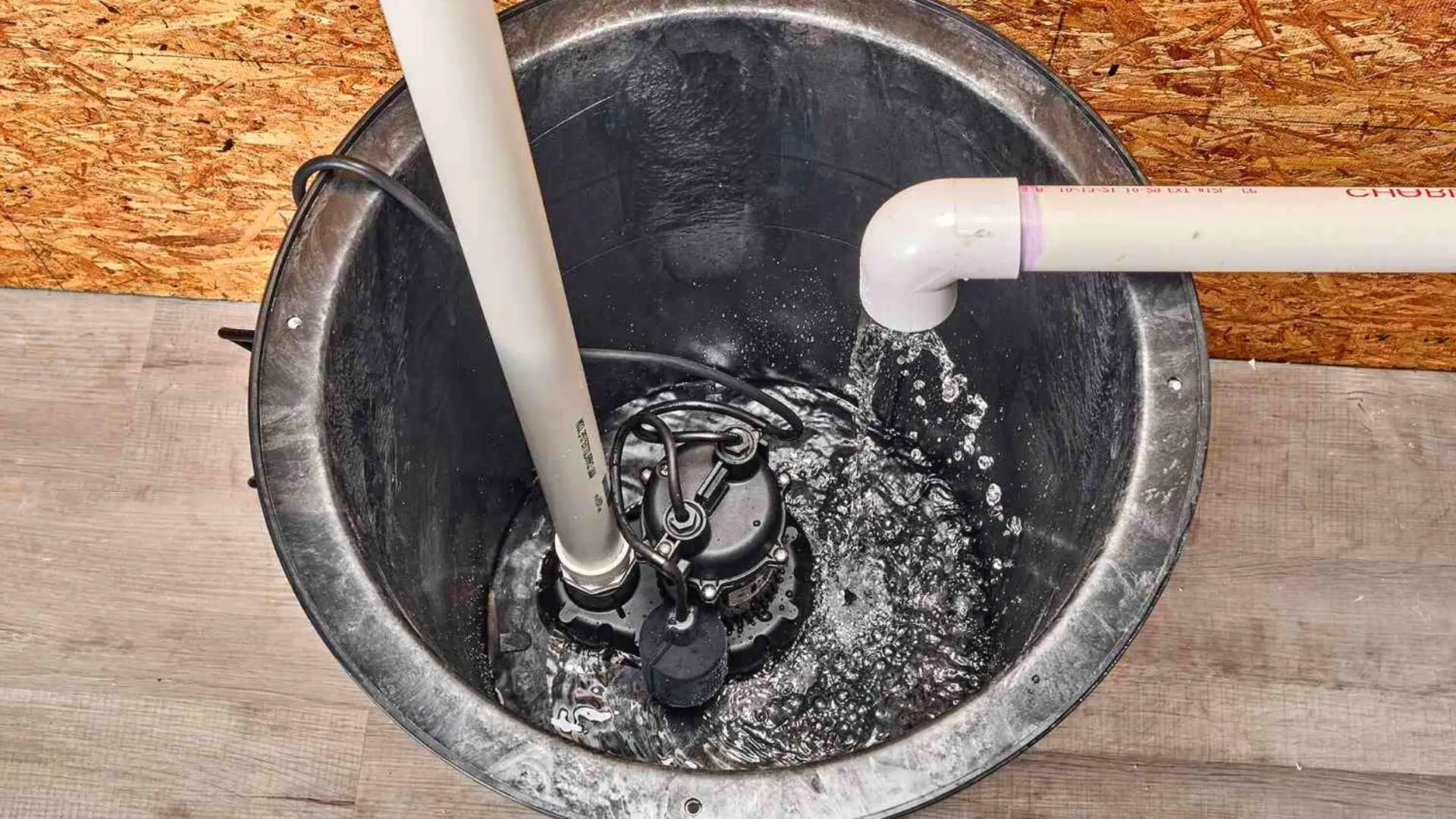What are your ideas about Cleaning & Maintenance Tips for Your Home's Sump Pump?

Sump pumps are vital parts in many homes, especially in areas prone to flooding or excessive moisture. They help avoid water damages by efficiently removing excess water from cellars or crawl spaces. However, like any other appliance, sump pumps need regular upkeep to ensure they operate successfully when required one of the most. Cleansing your sump pump is a vital part of its upkeep, and understanding how to do it correctly can conserve you from costly fixings and prospective calamities.
Intro
Keeping a tidy sump pump is crucial for its appropriate functioning and long life. Ignoring this necessary job can result in clogs, malfunctions, and eventually, water damage to your residential property. Consequently, discovering exactly how to clean up a sump pump is critical for property owners that depend on these devices to maintain their cellars dry and safeguarded.
Signs of a Dirty Sump Pump
Recognizing when your sump pump needs cleansing is important for stopping prospective breakdowns. Some typical signs that suggest a filthy sump pump include strange noises during procedure, reduced water circulation, and visible particles in the pit. If you see any of these signs, it's vital to cleanse your sump pump quickly to stay clear of any kind of additional issues.
Planning for Cleansing
Prior to you begin cleansing your sump pump, it's important to take some safety precautions. Beginning by shutting down the power to the pump to prevent any type of electric crashes. Additionally, wear proper safety equipment, such as handwear covers and goggles, to safeguard yourself from dirt, particles, and potential virus.
Comprehending the Sump Pump
Before diving into the cleansing procedure, it's necessary to have a fundamental understanding of just how a sump pump works. Typically set up in a pit or container listed below the cellar flooring, a sump pump contains a number of crucial components, consisting of a pump, a float switch, and a discharge pipe. When water gathers in the pit, the float button turns on the pump, which then pumps the water out via the discharge pipeline, far from the structure's foundation.
Step-by-step Overview to Cleaning a Sump Pump
Shutting down the Power
Begin by separating the power supply to the sump pump to avoid any mishaps while cleaning.
Checking for Appropriate Functioning
Prior to re-installing the pump, execute a fast test to guarantee that the float button triggers the pump correctly. Pour some water into the sump pit and observe the pump's procedure. If every little thing is working appropriately, you can reassemble the pump and reconnect the power supply.
Removing Debris and Dust
Utilize a pail or an inside story to remove any noticeable particles, dirt, or sediment from the sump pit. Dispose of the particles correctly to avoid it from blocking the pump or the discharge pipeline.
Cleaning the Pump and Float Switch Over
As soon as the pit is clear of particles, very carefully get rid of the pump from the pit. Inspect the pump and the float switch for any type of signs of damages or wear. Use a soft brush or cloth to cleanse the surfaces and remove any type of accumulated crud.
Purging the System
After cleansing the pump and float switch, purge the sump pit with clean water to get rid of any type of remaining dirt or sediment. This will help guarantee that the pump operates efficiently and effectively.
Maintenance Tips to Maintain Your Sump Pump Clean
In addition to regular cleansing, there are several maintenance suggestions you can comply with to maintain your sump pump in optimal condition:
Final thought
Cleansing your sump pump is a vital aspect of its maintenance and makes certain that it runs efficiently when you need it one of the most. By complying with the actions described in this guide and incorporating regular upkeep into your regimen, you can prolong the life-span of your sump pump and secure your home from water damage.
How To Inspect And Clean A Sump Pump
There are a few things you may want to look for when inspecting your sump pump. These include:
Leaks: If you notice any leaks around the sump pump, it likely needs to be repaired or replaced. Mud or Water: If there is any mud or water around the sump pump, it’s likely that it’s not working properly and needs to be cleaned. Noises: If you hear any strange noises coming from the sump pump, it may be indicative of a problem. Next, you’ll need to clean the sump pump. If you notice any of these issues, it’s best to clean the sump pump as soon as possible. To do this, you’ll need to remove the pump from its housing. Be sure to have a bucket handy to catch any water that may spill out. Once the pump is removed, use a brush or a spray nozzle to clean off all of the mud and debris. You may also want to check the impeller for damage or wear and tear. If you find any damage, you’ll need to replace the pump.
Once the pump is clean, reattach it to its housing and replace any parts that were removed. Be sure to test the pump before putting everything back in place. Once everything is back in order, put the cover back on the sump pit and refill it with water.
https://elekplumbing.com/blog/how-to-inspect-and-clean-a-sump-pump/

We hope you enjoyed our piece on Keep Your Sump Pump Clean, It'll Keep You Dry. Thanks for taking the time to read through our content. Are you aware of anybody else who is involved in the subject? Why not promote it. Thank you for being here. Return soon.
Estimate